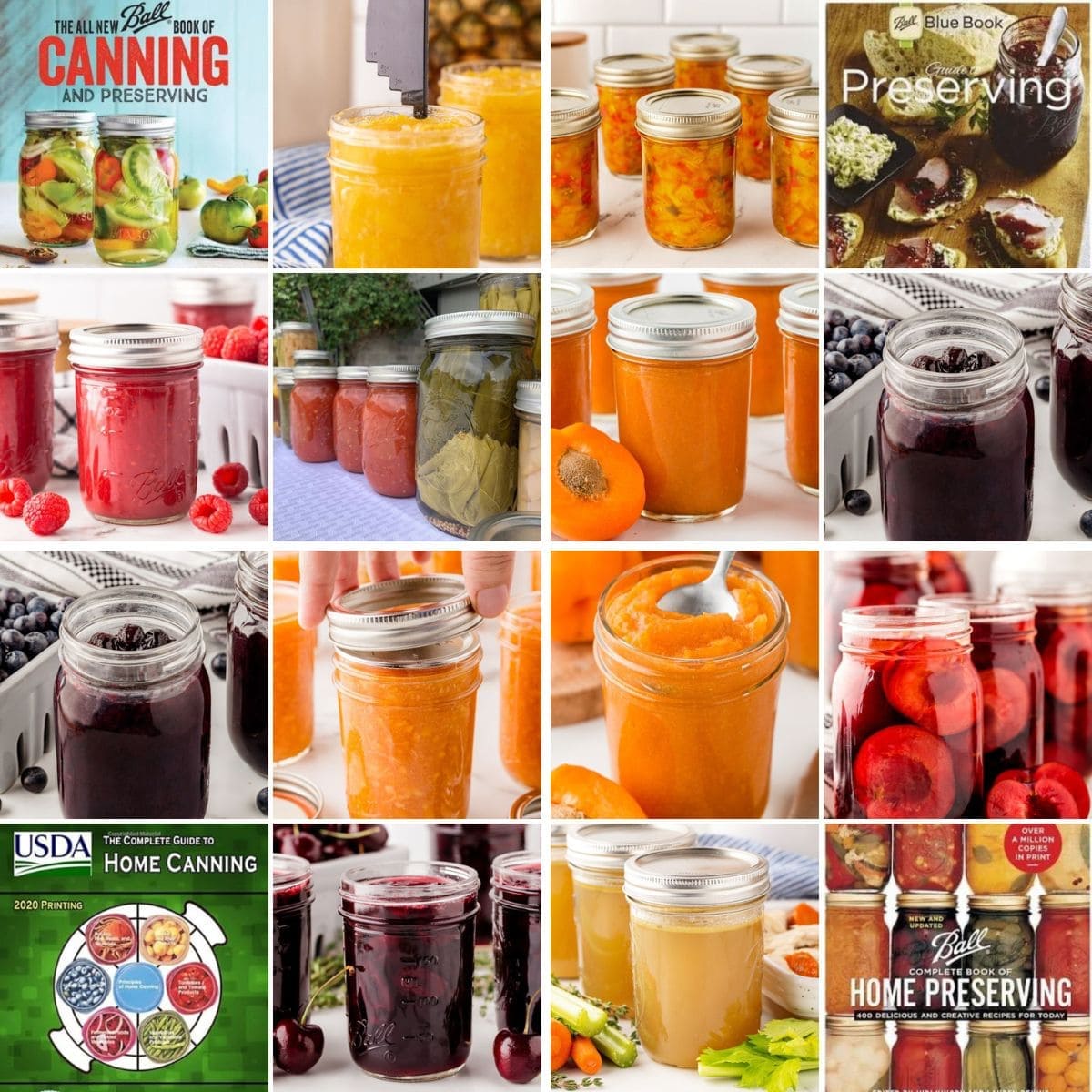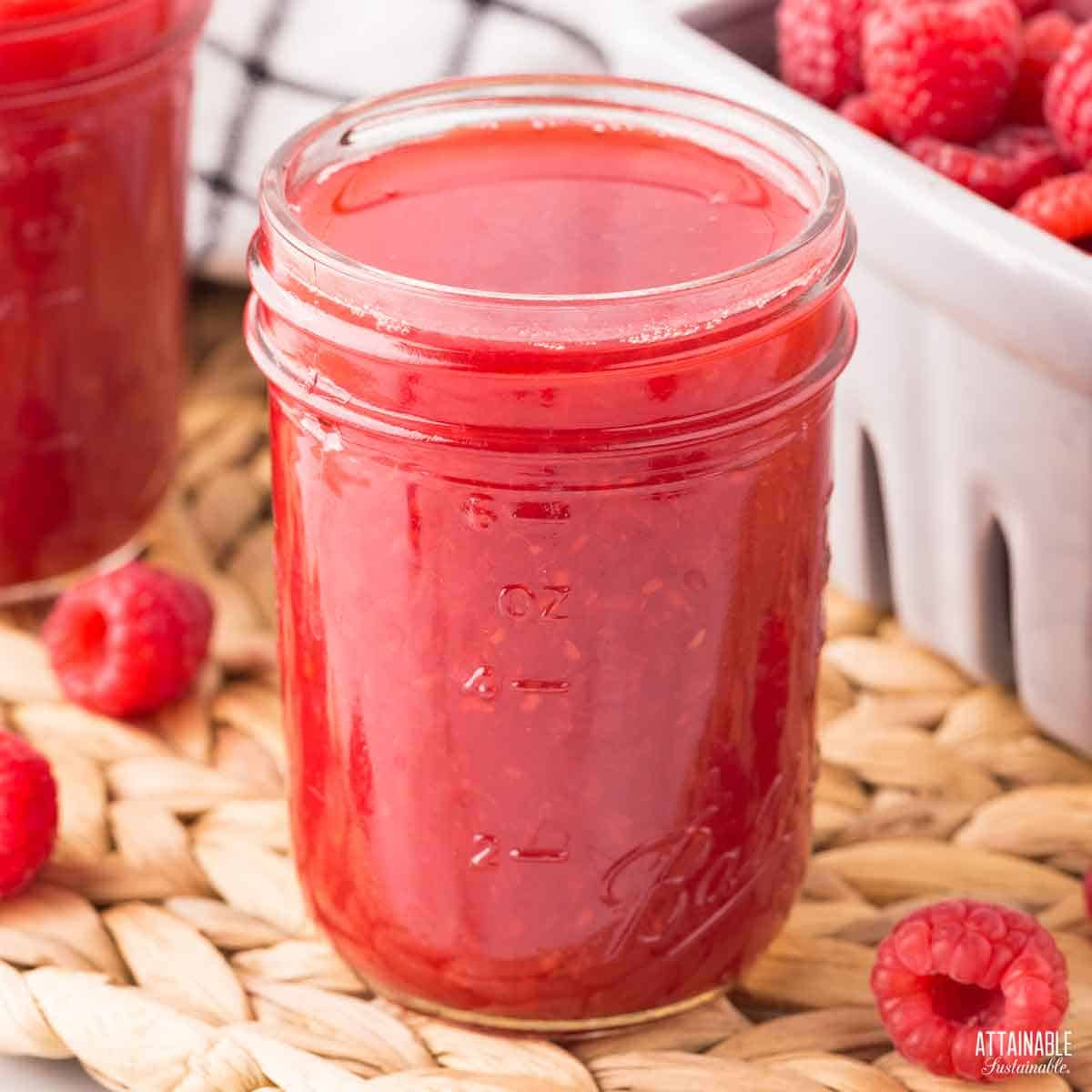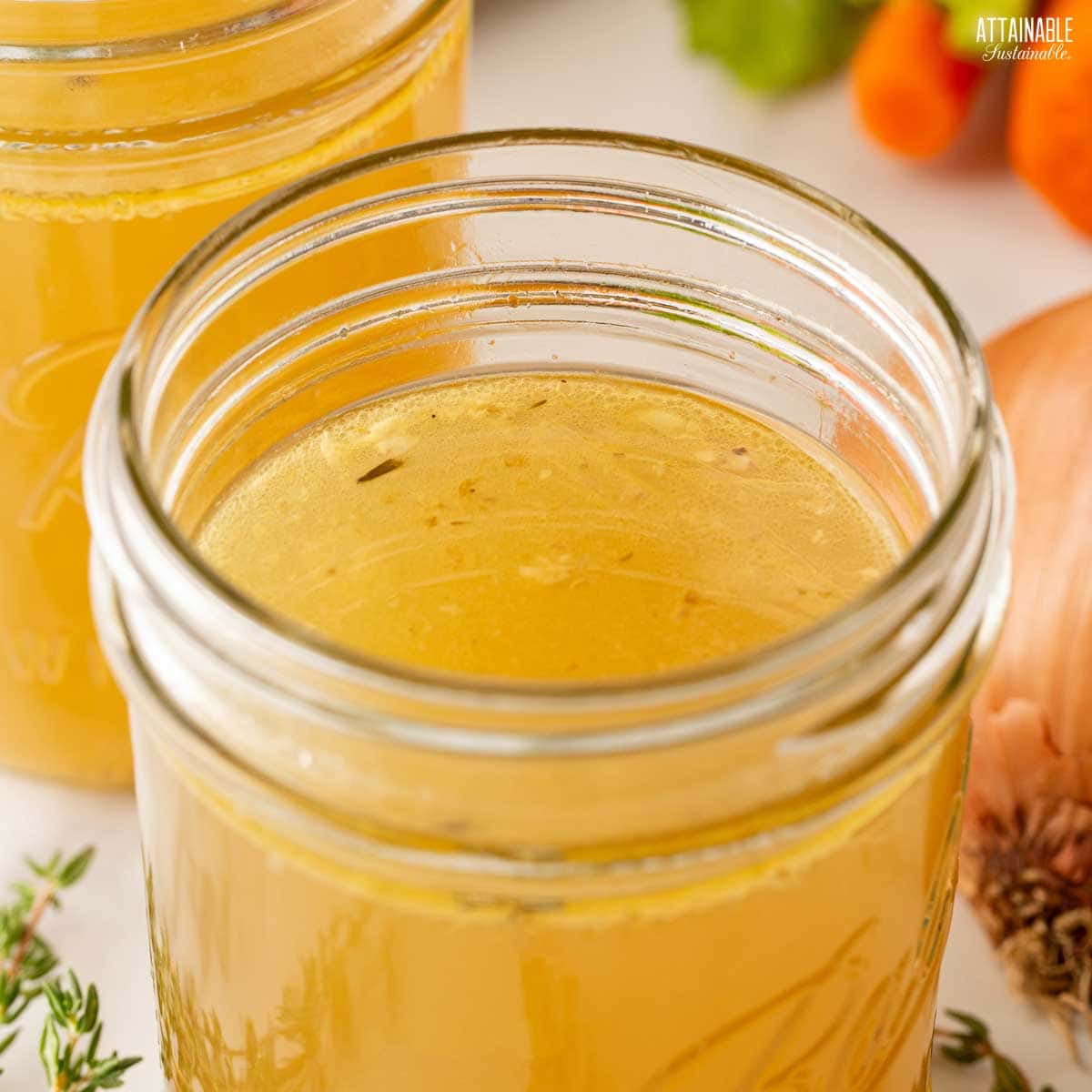Home canning is a wonderful way to stock your pantry and preserve fresh foods from the land. Sealing perishable items in a jar and keeping those jars at room temperature calls for some knowledge of safety, though. And there is a LOT of confusion about what is safe out there on the internet.

Choose Safe Canning Resources
Publication on the internet doesn’t necessarily make it safe. Anybody can put information online. Anybody. And this is clear with the proliferation of “rebel canners” thumbing their noses at proven safe canning practices.
It’s not difficult to follow safe canning practices. I’m flummoxed by the number of people who willingly put their loved ones at risk by embracing tactics that are untested or downright unsafe. If you’re new to canning, the number one thing you need to know is where to find safe recipes.
I am not a scientist, but I’ve been canning for decades and have completed more than 60 hours of hands-on food preservation coursework, learning about the requirements for safe canning and putting them into practice. I am incredibly cautious about what I put in my jars and how I process them. I hope you will be, too.
National Center for Home Food Preservation
The National Center for Home Food Preservation (NCHFP) is the authority on safe canning techniques.
The National Center for Home Food Processing and Preservation was established with funding from the Cooperative State Research, Education and Extension Service (CSREES-USDA) in 2000 as a multi-institutional effort with The University of Georgia and Alabama A&M University as the primary institutions.
Their website is home to guidelines for canning a variety of fresh produce and meats, using either the boiling water bath canning method or pressure canning. The recipes on this site are SAFE. No question. They’ve been tested and following those guidelines will result in safe, shelf-stable food for your pantry.
Now, all that said, the NCHFP has a funding problem as they say on their site:
There has not been funding of the National Center since 2015 for any new projects or dedicated staffing.
They may lean on labs at extension offices, but without funding, the center is unable to develop and test new recipes, leaving us with that ever-present answer, “there is no safe tested recipe for _____.”
That answer doesn’t necessarily mean it’s definitely unsafe to can ______; just that there hasn’t been sufficient testing to know. So we wait. And I’m over here waiting with a LONG list of things I’d like them to test!
On the flip side, there are some foods that are absolutely unsafe to can.
Extension Offices
The Cooperative Extension System is operated through the nation’s Land-Grant University System in partnership with the federal and state and local governments.
There are numerous offices across the nation; these facilities are often home to a master canner program where consumers can learn more about canning in classes. Some state university locations pursue research in food science and publish their findings and tested recipes.
The Michigan State University Extension office offers a self-paced online course. It might be a good option for those among us who are more visual but don’t have access to in-person courses.
You can find an extension office near you by searching here.
Ball and Bernardin
These two companies are owned by the Newell Corporation and follow NCHFP guidelines. Ball Mason Jars are the USA based arm, while the Canadian arm of the Newell Company is Bernardin. Each has its own website complete with safe canning recipes.
Safe Canning Books
Some of the links in this section are affiliate links, meaning I will earn a small commission if you purchase through these links.
The USDA Complete Guide to Home Canning (2015 revision) is available in pdf format online at no charge. You can also pick the book up in print format from the Purdue University extension office.
- Print version
- PDF version (free)
So Easy to Preserve is published by the Cooperative Extension at University of Georgia. It is the book used in my Master Food Preserver course and covers both water bath canning and using a pressure canner, along with freezing and dehydrating foods for preservation. It’s available here.
The Preserving Food at Home Resource Guide from Penn State is available here.
Books by Ball and Bernardin are considered safe resources, but you’ll want to make sure you’re not using older versions of the books. Things DO change. Books published (or revised) in or more recently than 2015 are considered good resources. There may be some overlap of recipes, since they share a parent company.
Be mindful that there are numerous knockoffs out there, using the Ball name and even going so far as to try to mimic the Ball font in a logo. These are not trusted sources and may very well be AI generated content.
- Ball Canning Back to Basics
- Ball Complete Guide to Home Preserving
- The All New Ball Book of Canning and Preserving
- Ball Blue Book Guide to Preserving (38th edition released February 2024)
- Bernardin Guide to Home Preserving
Note that the Saucy Sloppy Joe Starter recipe in the Ball All New Book of Canning and Preserving and the Ball back To Basics book has an error. The correct amount of apple cider vinegar is ONE CUP NOT 1/2 cup. Newer editions may be updated.
Likely Safe Canning Resources
So here’s where I’m going to tell you a little story. I have another book scheduled to come out in 2025 from National Geographic. (Here’s the first one.)
In preparing for the new book, and even further back, I’ve been trying to track down a facility that can test canning recipes for me. I know I’m using safe methods, but I would love to be able to tell my readers that yes, these recipes are officially safe and tested.
I have a spreadsheet with more than two dozen facilities that have been unable to help.
This includes contact with the former head of the NCHFP, Elizabeth Andress, in 2019; a large number of back and forth messages with the current head, Carla Luisa Schwan; and contact with numerous extension offices, “process authorities,” and labs. Nobody wanted to tackle this for me.
Folks, it is not easy to find someone who can provide testing for recipes like this. This is a HUGE shortfall in my opinion. So many people want to can safely, but there are tremendous holes in the system due to underfunding.
My publisher did finally make headway with the folks at University of Georgia (home to NCHFP) and the recipes in my forthcoming book will be reviewed by them, which I’m thrilled about. It pays to have a publisher with a little cachet, I guess!
All that to say that the resources below are not officially sanctioned by the USDA or NCHFP, but in my opinion, are solid options for canning information and recipes. Without a facility who can test recipes, some really great recipe developers simply cannot say, “my recipe has been tested…”
I recommend that you take some time to learn about the canning process and necessary safety measures and do your due diligence.
And for goodness sake, stay away from the rebel canning folks.
Pomona’s Universal Pectin
This site offers strictly jam and jelly recipes using Pomona’s Universal Pectin, which allows for reduced sugar. This is how the director of the NCHFP answered my query about using this product.
Regarding Pomona’s Universal Pectin, currently, we do not have any recipes that were tested using this type of pectin, and therefore we cannot make any recommendations. However, specific recipes can be found on the package inserts, and directions should be followed carefully.
Healthy Canning
A safe canning group I’m in considers this a safe source for canning information. When I asked recently what criteria they use to determine that, the answer was something along the lines of, “they just have always been considered safe.”
Not exactly an official endorsement, especially since whoever behind the site is a mystery, but I do agree with the assessment. The Healthy Canning site offers recipes and information, and cites sources for all of their content.
The Prairie Homestead
Jill Winger covers a broad range of topics on her site, including canning to preserve the harvest. And she’s just as vigilant about canning safety as I am. As she says, canning safety is just not debatable!
Likely Safe Canning Books
Stephanie Thurow is a fellow Master Food Preserver, a food preservation instructor, and has several books under her belt with a focus on water bath canning acidic foods.
Marisa McClellan was riding the food preservation wave before it gained the level of popularity it has recently. Her first book, Food in Jars, was published in 2012 and focuses on small-batch canning. She follows safe procedures in her recipes, and her site has been nominated by Saveur magazine for a Best Food Blog award four times, which tells me her home canned foods are tasty, too!
I’ve had conversations with Angi Schneider about how difficult it is to develop canning recipes within safe guidelines but still not have a process that gives a stamp of approval from the powers that be. Her pressure canning book is full of ready to heat meals using the low acid foods that require special processing.
Don’t see your favorite resource here? It could be because I’m simply not familiar with them. It could also be that I’ve seen them offer some unsafe or questionable canning information when it comes to food safety, and I’m just not comfortable passing that on to you.
You can find all of my food preservation recipes here or search the site for a specific recipe.
If you are reading this and know of a lab that is able to test recipes for safety — both acidic and low acid — I’d sure appreciate hearing from you.









